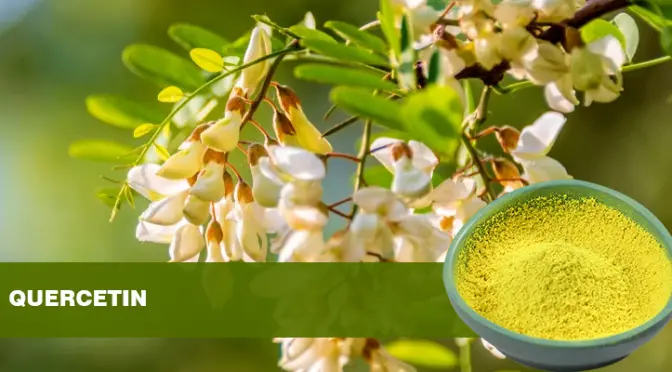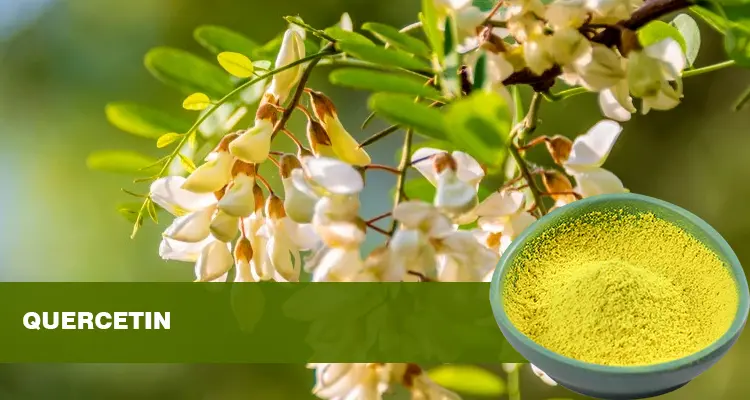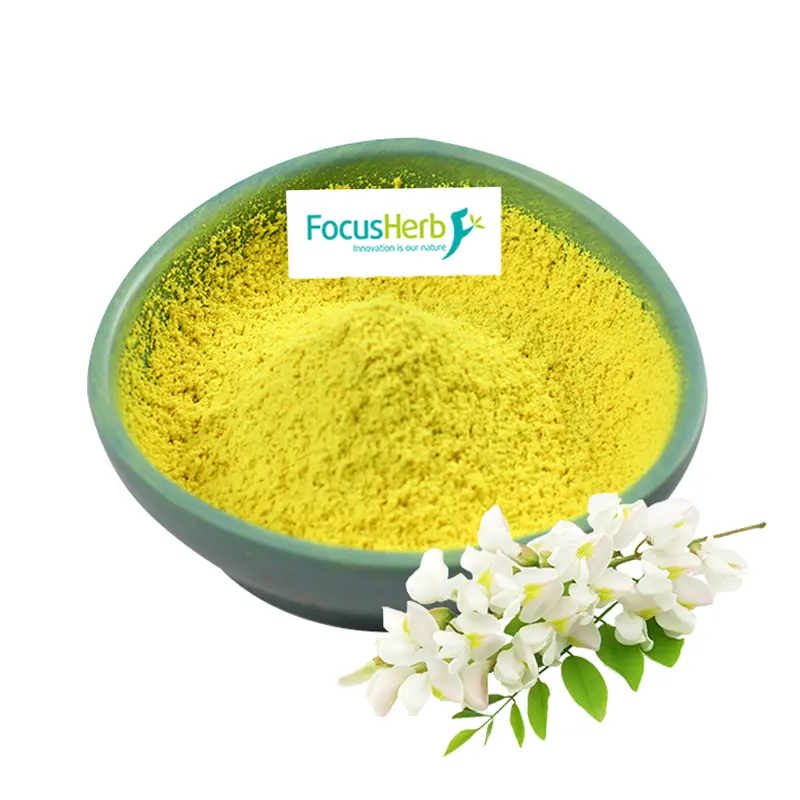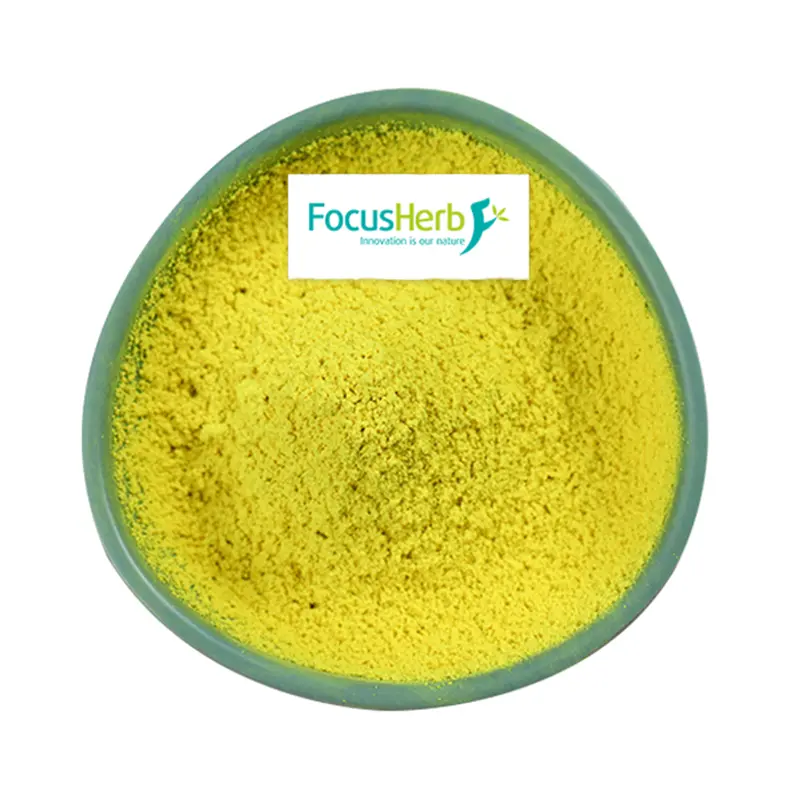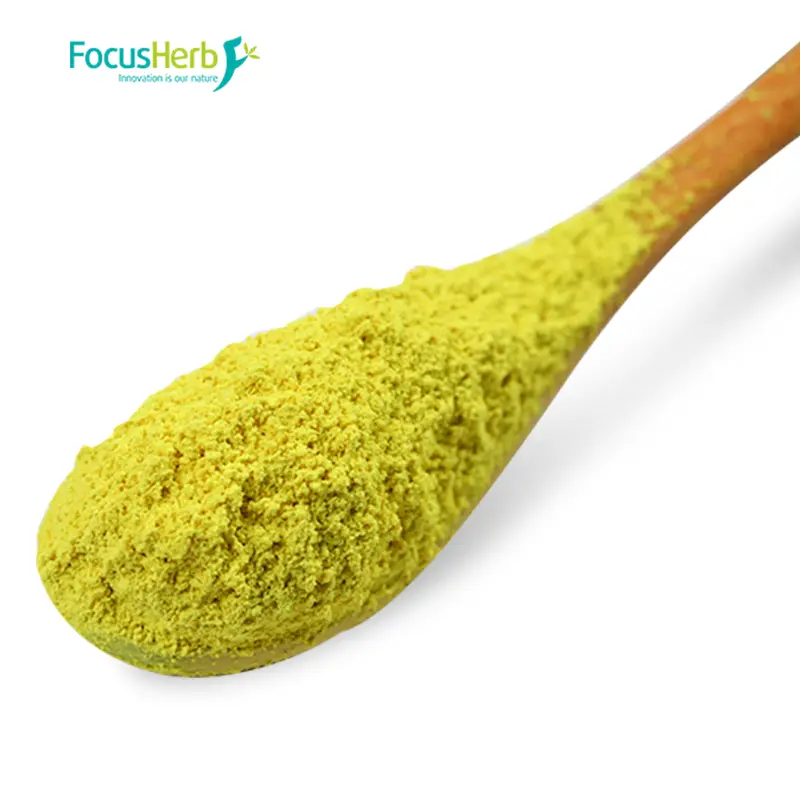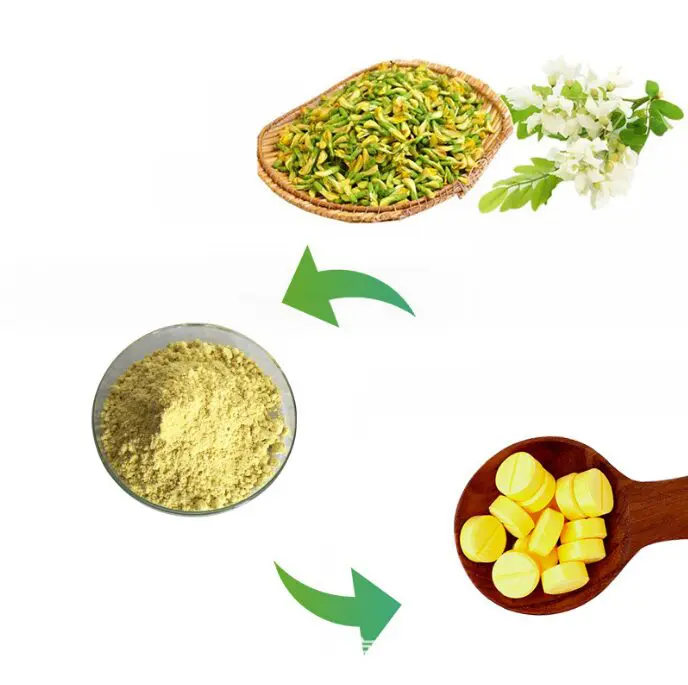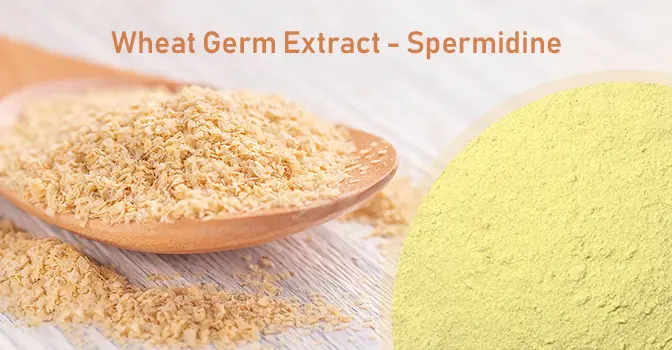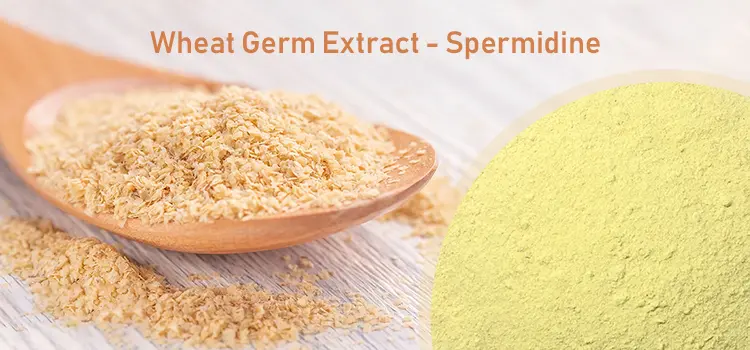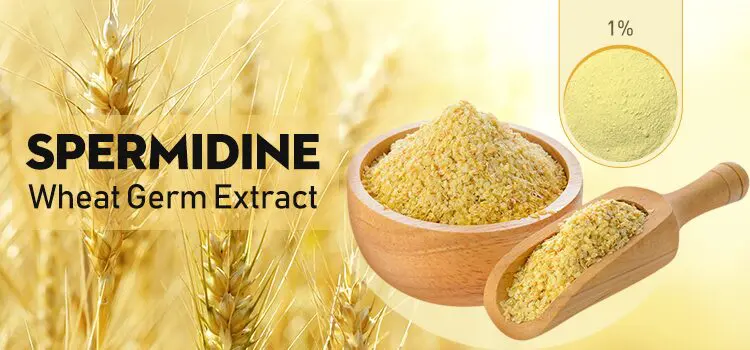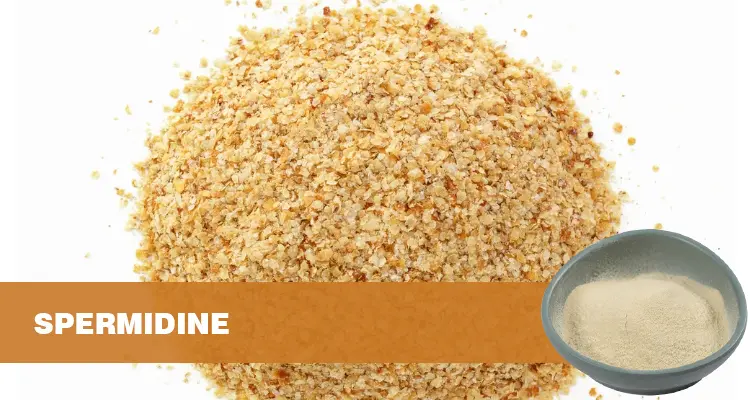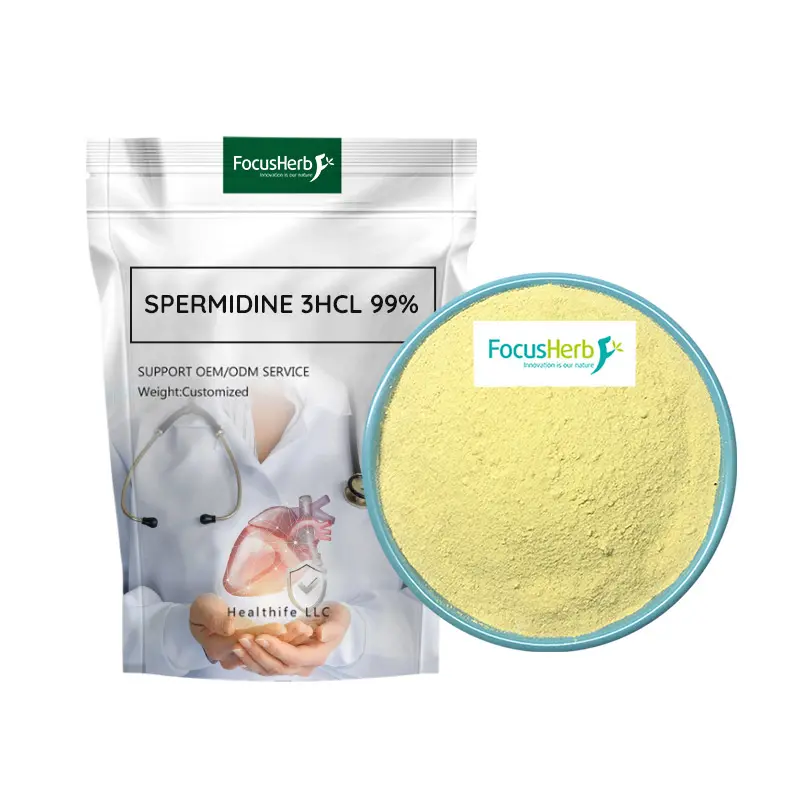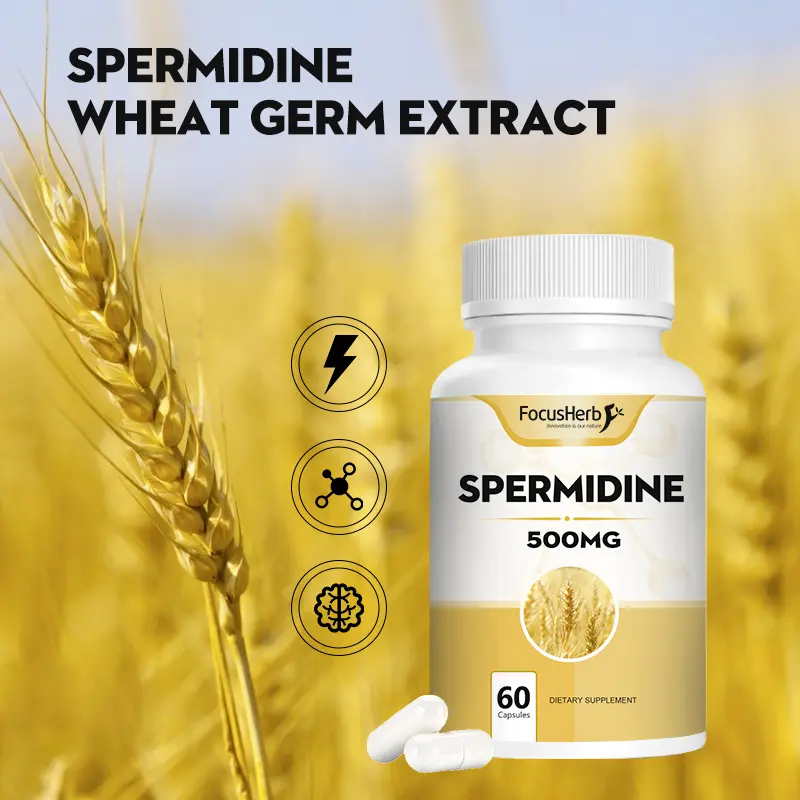Organic Lion’s Mane Powder is rich in several components crucial for brain health, such as Hericium erinaceus polysaccharides, which comprise up to 15%-20% of the powder. These compounds act like tiny “health messengers,” crossing the blood-brain barrier and entering the brain to exert their effects. Hericium erinaceus peptides are also a key component, containing 17 amino acids, such as glutamate and arginine. These amino acids act like the building blocks of the brain. The trace elements zinc and selenium are also essential. Every 100g of Organic Lion’s Mane Powder contains approximately 3.2mg of zinc and 0.6μg of selenium.
In this unique nutritional combination, Hericium erinaceus polysaccharides play a key role in activating the expression of brain neurotrophic factor (BDNF), acting like a “fertilizer” for neuronal growth. This promotes the growth of synapses, strengthens and enhances the connections between neurons, and keeps the brain’s “information superhighway” running smoothly. Peptides participate in neurotransmitter synthesis, meticulously regulating the metabolism of gamma-aminobutyric acid (GABA) and serotonin, ensuring orderly signal transmission within the brain. Much like precisely controlling a traffic light, they ensure smooth brain traffic, enabling various activities such as thinking and memory to proceed normally.
Nootropics from a Modern Pharmacological Perspective
Neurocyte Protection Mechanism: In the complex environment of the brain, free radicals act as disruptors, constantly threatening the health of nerve cells. The polysaccharides in Hericium erinaceus powder act as heroic “guardians,” effectively scavenging free radicals such as hydroxyl radicals and superoxide anions within the brain, reducing their damage to nerve cells. Furthermore, polysaccharides can inhibit the deposition of amyloid-β (Aβ), a key factor in Alzheimer’s disease. For those at high risk of Alzheimer’s disease, the polysaccharides in Organic Lion’s Mane Powder act as a line of defense, offering potential preventive benefits and safeguarding brain health. Enhanced Synaptic Plasticity: Peptides play a key role in memory formation. They actively promote synaptic protein synthesis in the hippocampus, a region of the brain closely associated with memory. By enhancing long-term potentiation (LTP), peptides make signal transmission between neurons more efficient and sustained. Experiments have shown that peptides increase the density of neuronal connections in memory-related brain regions by 12%-15%, directly improving the efficiency of converting short-term to long-term memories. This is like expanding the brain’s memory “storehouse,” allowing us to more easily retain new knowledge and experiences, leading to better performance in learning, work, and life.
The Intellectual Benefits of Organic Lion’s Mane Powder for Different Populations
(I) School-Age Children: Nutritional Empowerment During the Golden Period of Brain Development
During the golden age of brain development, children aged 6-12 years old are like sponges, rapidly absorbing knowledge and requiring a critical amount of nutrition. The zinc in Organic Lion’s Mane Powder is a “brain development booster.” It is a key component of over 80 brain enzymes and plays a crucial role in the normal functioning of the brain. Zinc actively participates in the development of the hippocampus, the brain’s “memory storehouse,” and has a crucial impact on learning and memory. Many children struggle with attention deficits and poor learning and memory efficiency during learning, and the zinc in Organic Lion’s Mane Powder can provide just the right remedy. Clinical observations strongly support this finding: children who consumed Organic Lion’s Mane Powder for three months showed a significant 18% improvement in visual memory scores and a 15% increase in verbal logic scores. In today’s highly competitive academic environment, children face heavy academic workloads. Organic Lion’s Mane Powder, as a natural brain supplement, is undoubtedly a powerful aid, helping them to navigate their academic journey with ease and achieve better results.
(II) High-Pressure Workplaces: Brain Energy and Cognitive Maintenance
For office workers exposed to long periods of high pressure, the brain is like a high-speed machine, constantly experiencing fatigue and wear and tear. Hericium erinaceus peptides play a key role in this situation. By precisely regulating dopamine levels in the prefrontal cortex, they effectively alleviate the decline in decision-making ability caused by mental fatigue. Dopamine, the brain’s “happiness hormone,” not only promotes mood but is also closely linked to cognitive and decision-making functions. Hericium erinaceus peptides significantly boosted working memory capacity in professionals by approximately 20%, meaning they can better retain important information and make more accurate decisions at work. Hericium erinaceus powder also contains a tryptophan precursor, a powerful mood regulator. It can be converted into serotonin in the body, a neurotransmitter that effectively alleviates anxiety under high pressure. When anxiety is alleviated, mental clarity naturally improves. For those in meeting-intensive, creative, and intellectually demanding work environments, Organic Lion’s Mane Powder is undoubtedly a lifesaver, helping them maintain high productivity and easily cope with various work challenges.
(III) Middle-aged and Elderly Population: Preventing Brain Aging and Strengthening Memory
With aging, the brains of those over 50 gradually show signs of aging, and problems such as white matter degeneration and memory loss are increasingly troubling. The antioxidants in Organic Lion’s Mane Powder act as a strong defense, effectively delaying white matter degeneration and reducing the risk of age-related memory loss. Research data shows that after consuming 5g of Hericium erinaceus powder daily for six months, participants experienced a 10% increase in serum SOD (superoxide dismutase) activity. SOD is a crucial antioxidant enzyme in the body, and its increased activity indicates enhanced antioxidant capacity, better protecting the brain from free radical damage. These participants also scored 3-5 points higher on the Mini-Mental State Examination (MMSE) than the control group, indicating a significant improvement in cognitive ability. Preventing vascular dementia is a crucial health goal for middle-aged and elderly people. Organic Lion’s Mane Powder, with its unique nutritional profile and health benefits, provides strong support for brain health, enabling them to maintain clear thinking and good memory, allowing them to enjoy a happy and fulfilling later life.
Scientifically Administering and Enhancing Organic Lion’s Mane Powder
(I) Precise Dosage and Timing
Rationally controlling the dosage and timing of Organic Lion’s Mane Powder is crucial for achieving its brain-boosting and intellectual benefits. Dosage plans vary depending on individual physical conditions and nutritional needs. Children aged 6-12 years old can consume 1-3g daily, preferably with breakfast or as a mid-afternoon snack. These times are when children’s digestion and absorption capacity is optimal, allowing them to fully absorb the nutrients in Hericium Erinaceus powder. Hericium Erinaceus powder can also be combined with walnut powder. Walnut powder is rich in omega-3 fatty acids, which synergizes with Hericium Erinaceus powder to provide comprehensive nutritional support for children’s brain development.
Adults are recommended to consume 3-5g daily. The body’s metabolism accelerates in the morning, and consuming Organic Lion’s Mane Powder at this time ensures rapid absorption of nutrients, providing mental support for the day’s work and daily life. Consuming it 30 minutes before work allows the brain to function efficiently, enabling it to better cope with challenges at work. Pairing it with dark chocolate is a good option. The theobromine in dark chocolate not only boosts mental performance but also promotes the absorption of the nutrients in Hericium erinaceus powder.
For middle-aged and elderly people, a daily intake of 5-8g is ideal. Consuming it with dinner helps replenish mental energy from the day’s exertion and provides nutrients for the brain’s nighttime repair process. Consuming it one hour before bedtime nourishes the brain during sleep, improving sleep quality and boosting memory. Milk is an excellent accompaniment for middle-aged and elderly people consuming Hericium erinaceus powder. Milk, rich in calcium, promotes the absorption of nutrients such as polysaccharides in Hericium erinaceus powder, providing a strong foundation for brain health.
(II) Dosage Form Selection and Usage Method
The basic method for consuming Organic Lion’s Mane Powder is very convenient. Simply add it to warm milk, soy milk, or rice cereal. The water should be kept below 60°C. Excessive temperatures can destroy the active ingredients in Hericium erinaceus powder, just as high temperatures destroy vitamins, significantly reducing their nutritional value. This method of consumption is not only simple to prepare but also offers a delicate taste and is easily absorbed by the body.
To further maximize the brain-boosting benefits of Organic Lion’s Mane Powder, you can try some advanced combinations. Making Hericium erinaceus and walnut paste is a great option. Combine 5g of Hericium erinaceus powder, 10g of chopped walnuts, and 20g of oatmeal. The brain-boosting effects of the walnuts complement the Hericium erinaceus powder, while the oatmeal provides a rich source of dietary fiber, increasing satiety, making it a perfect breakfast or afternoon snack. Hericium erinaceus powder can also be added to baked goods, such as bread or cookies. This way, while enjoying delicious food, you can easily achieve your daily brain nutrition intake and keep your mind active.
(III) Quality Identification and Organic Advantages
When purchasing Organic Lion’s Mane Powder, be sure to check whether the product has been certified by the EU ECOCERT or China Organic Certification. This is a key guarantee of product quality. Organic Lion’s Mane Powder is sourced from a pesticide-free basswood cultivation base. This cultivation method ensures the purity and nutritional value of the Hericium erinaceus. Compared to ordinary Hericium erinaceus powder, Organic Lion’s Mane Powder contains 15%-20% higher levels of polysaccharides, a key component in its brain-boosting and intellectual benefits. Organic Lion’s Mane Powder also performs exceptionally well in terms of heavy metal residues, with lead and cadmium residues 50% below the national standard, significantly reducing the potential health risks of heavy metals.
The quality of Organic Lion’s Mane Powder can also be initially identified by its appearance and odor. High-quality Organic Lion’s Mane Powder has a uniform, light yellow-brown color, the natural color of Hericium erinaceus, without any artificial coloring. The powder is fine and lumpy, indicating good storage and no moisture deterioration. It also has a light, mushroom-like aroma, without any pungent odor, which is the natural aroma of the Hericium erinaceus. In terms of solubility, Organic Lion’s Mane Powder with high solubility retains its active ingredients more completely, can be quickly dissolved in liquid when brewed, and is better absorbed by the human body.
Organic Lion’s Mane Powder vs. Ordinary Hericium erinaceus Powder: Analysis of the Difference in Brain-Boosting Effects
(I) Active Ingredient Content Advantage
Organic Lion’s Mane Powder offers a significant advantage in active ingredient content. Organic cultivation, without the use of chemical fertilizers, creates a unique ecological environment for the growth of Hericium erinaceus, encouraging the production of more secondary metabolites. Polysaccharide content is a key indicator of Hericium erinaceus powder’s quality and efficacy. Organic Lion’s Mane Powder can contain up to 18%-22% polysaccharides, while ordinary Hericium erinaceus powder only contains approximately 12%-15%. Polysaccharides play a key role in brain health and mental development. They can activate the expression of brain-stimulating factor (BDNF) and promote synaptic growth, essentially widening the lanes of the brain’s “information superhighway” for more efficient information transmission.
The concentration of peptides is also significantly elevated in Organic Lion’s Mane Powder, increasing by 30% compared to ordinary Hericium erinaceus powder. Peptides participate in neurotransmitter synthesis, meticulously regulating the metabolism of gamma-aminobutyric acid (GABA) and serotonin, ensuring smooth signaling within the brain. The superior content of these active ingredients ensures the efficient brain nutrition supply of Organic Lion’s Mane Powder from the source, resulting in enhanced brain-boosting and intelligence-enhancing benefits.
(II) Safety and Absorption Efficiency
Safety is a crucial consideration when selecting foods and nutritional supplements, and Organic Lion’s Mane Powder excels in this regard. During the production process, Organic Lion’s Mane Powder utilizes physical impurity removal and low-temperature cell wall breaking technology (cell wall breaking rate ≥ 95%) to prevent potential damage to nerve cells caused by chemical residues. Physical impurity removal utilizes physical methods such as screening and air separation to remove impurities and ensure product purity. Low-temperature cell wall breaking technology breaks down the cell walls of Hericium erinaceus cells at low temperatures, fully releasing the active ingredients while preventing damage to the active ingredients caused by high temperatures.
This advanced production process not only ensures product safety but also significantly improves the absorption rate of the active ingredients. Studies have shown that the absorption rate of the active ingredients in Organic Lion’s Mane Powder is 40% higher than that of standard Hericium erinaceus powder. This is particularly important for children and the elderly, who are particularly sensitive to food safety. Children are in a critical period of growth and development, their nervous systems are not yet fully mature, and they are more sensitive to harmful substances. Similarly, the body functions of the elderly gradually decline, and their ability to absorb nutrients also decreases. With its excellent safety and high absorption rate, Organic Lion’s Mane Powder is an ideal choice for them to supplement brain nutrition and enhance intelligence.
From a Traditional Ingredient to a Scientifically Advanced Brain Health Product
Organic Lion’s Mane Powder, a modern nutritional treasure derived from a traditional ingredient, has made a remarkable transition from folk edible to scientifically proven brain health. With its unique nutritional profile and significant brain-boosting benefits, it has become a valuable aid for brain health management for people of all ages. Whether serving as a “growth partner” to support children’s brain development, an “energy booster” to alleviate mental fatigue in the workplace, or a “solid shield” to safeguard the brain health of the elderly, Organic Lion’s Mane Powder, with its natural, safe, and effective properties, has secured a significant position in the field of brain health. In today’s pursuit of a healthier lifestyle, Organic Lion’s Mane Powder opens a new door to wellness, allowing us to easily protect and nourish our brains through our daily diet.



















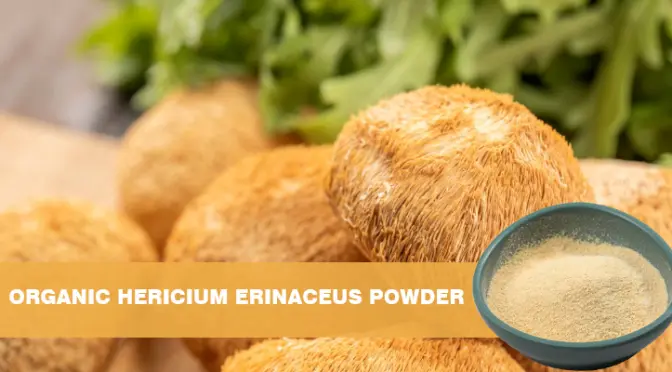
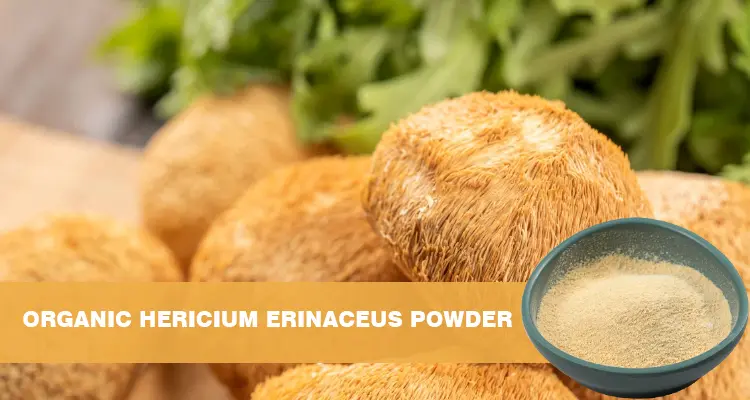
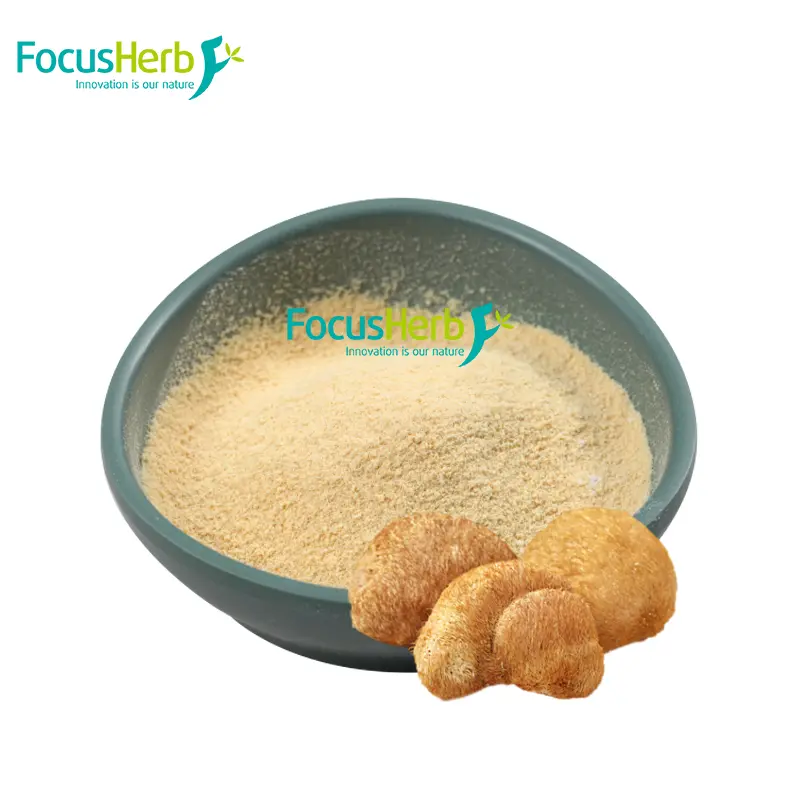
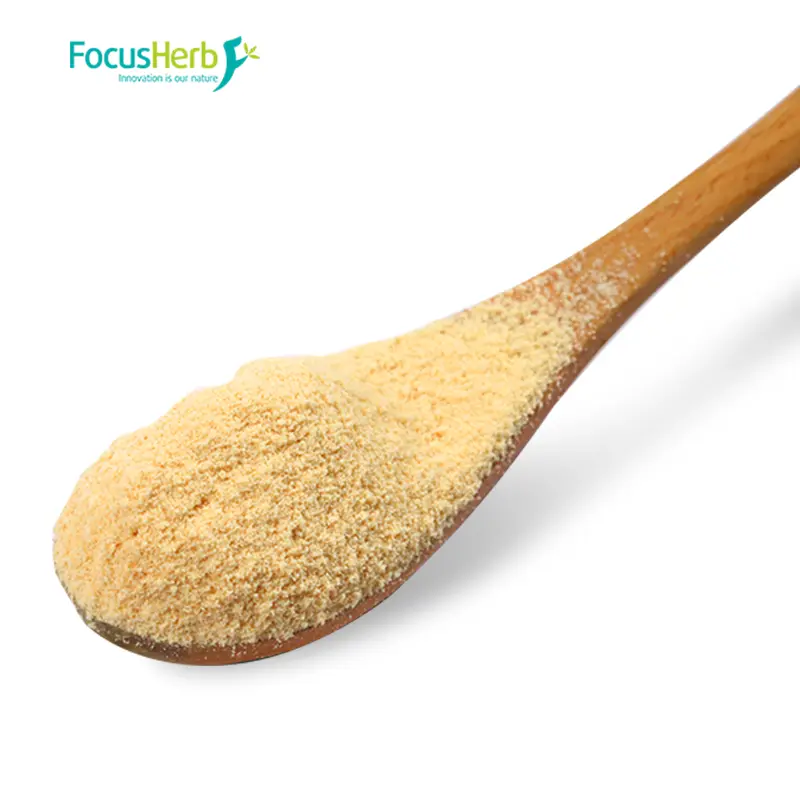
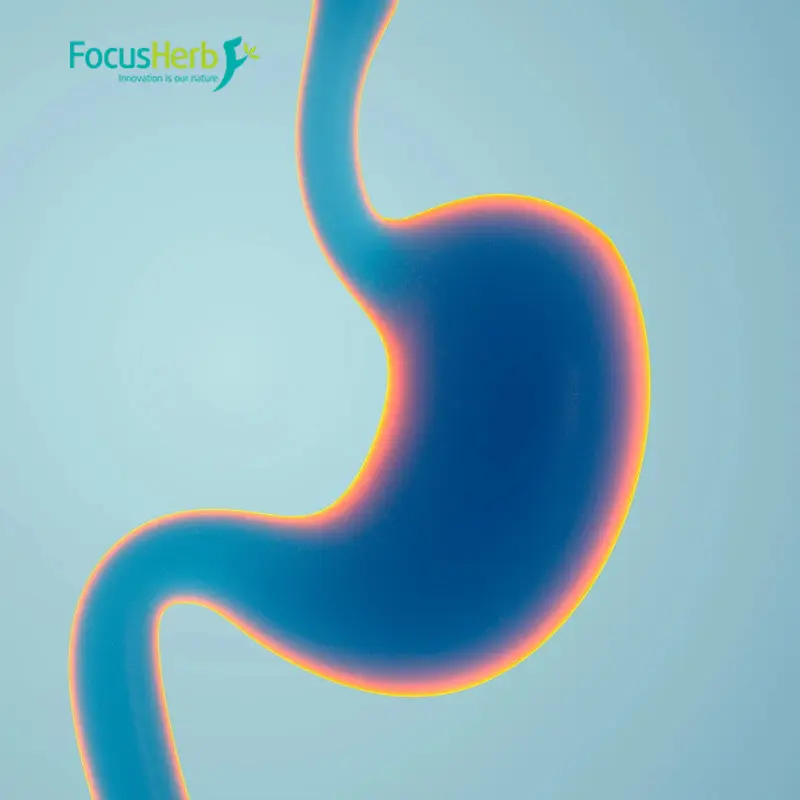
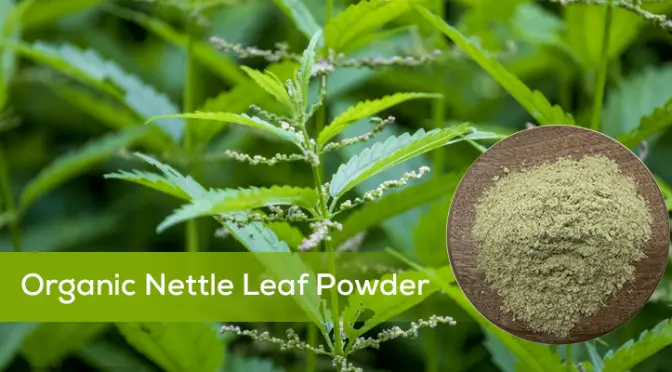
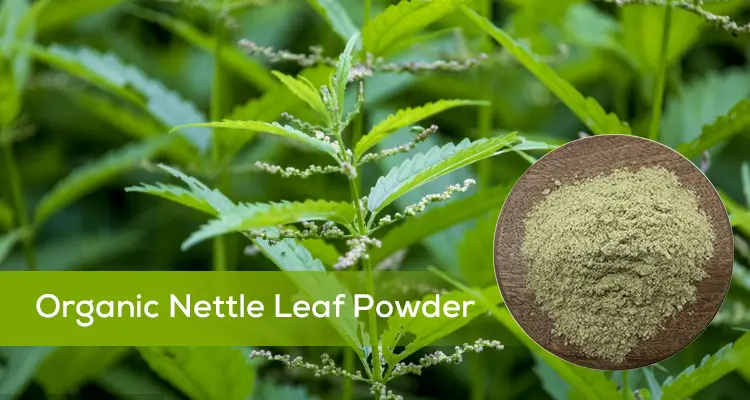 The Compatibility of Traditional Chinese Medicine Theory with Modern Immune Regulation
The Compatibility of Traditional Chinese Medicine Theory with Modern Immune Regulation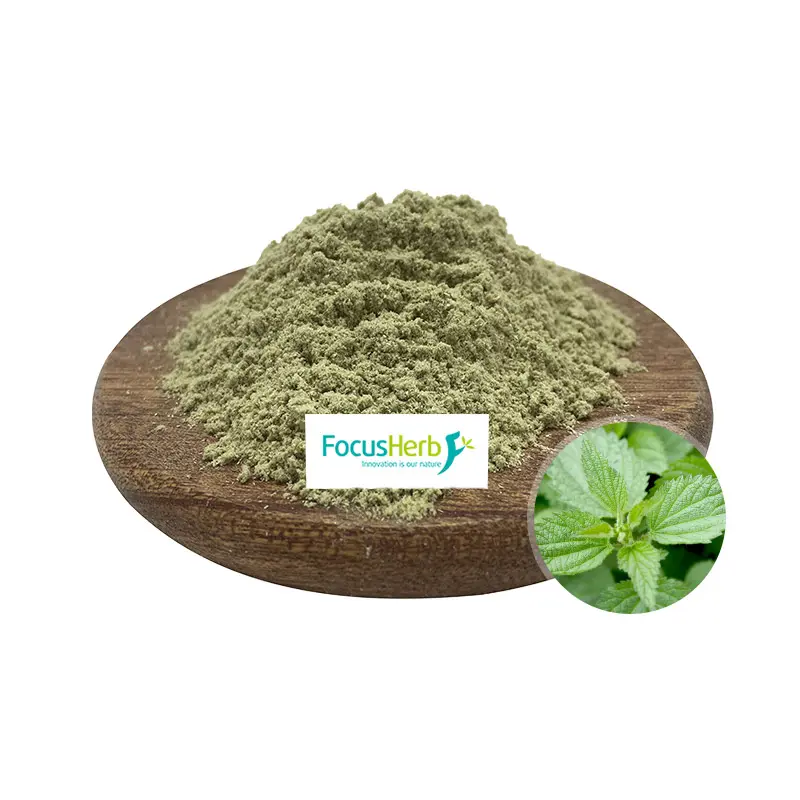
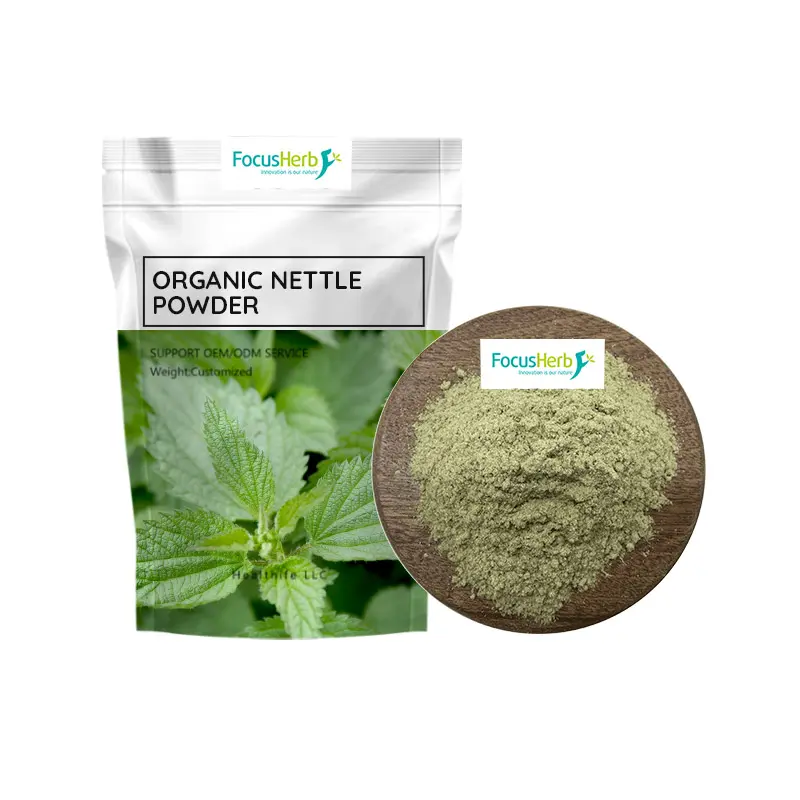
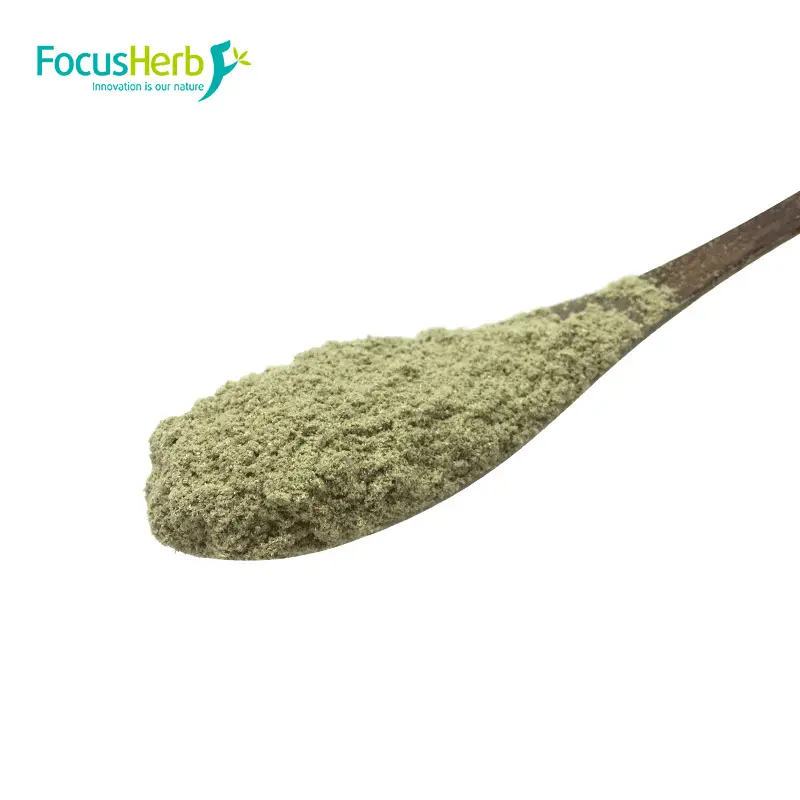
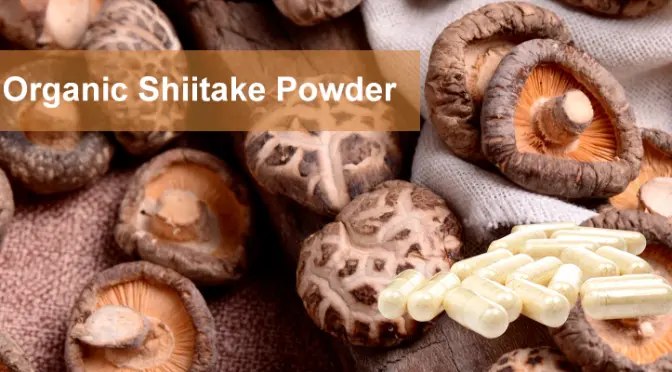
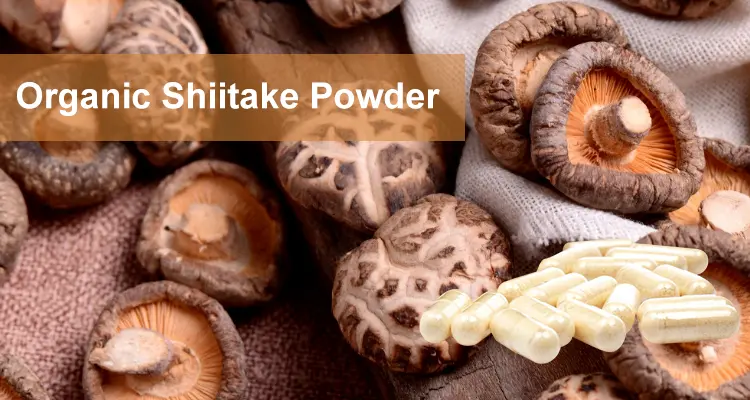
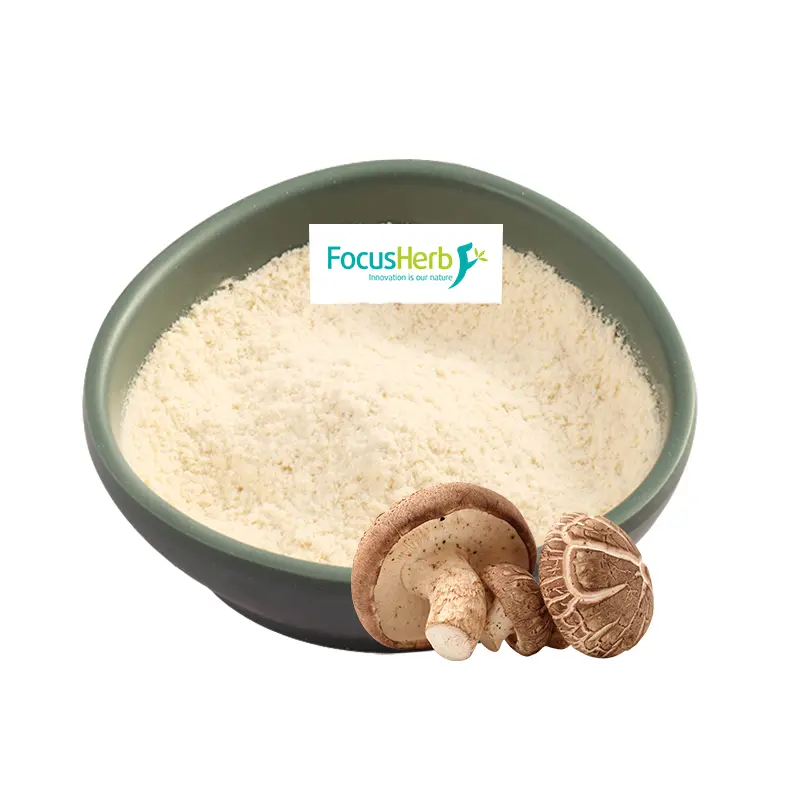
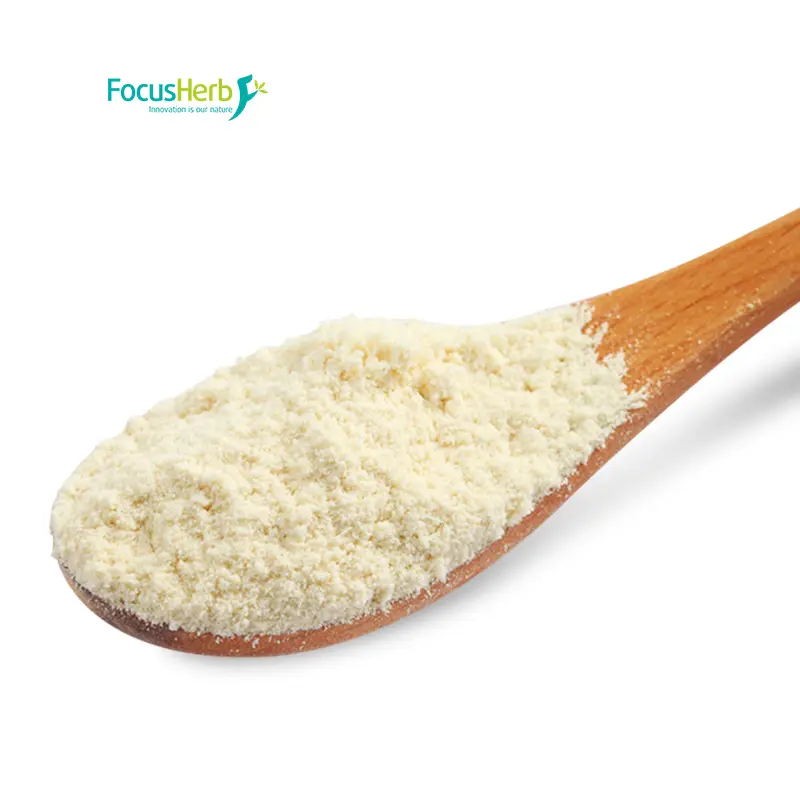
1.jpg.webp)
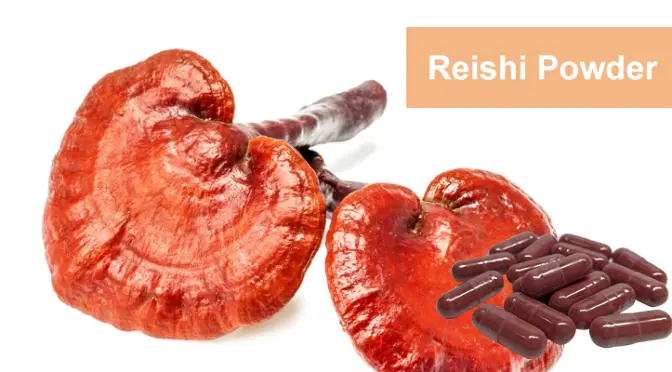
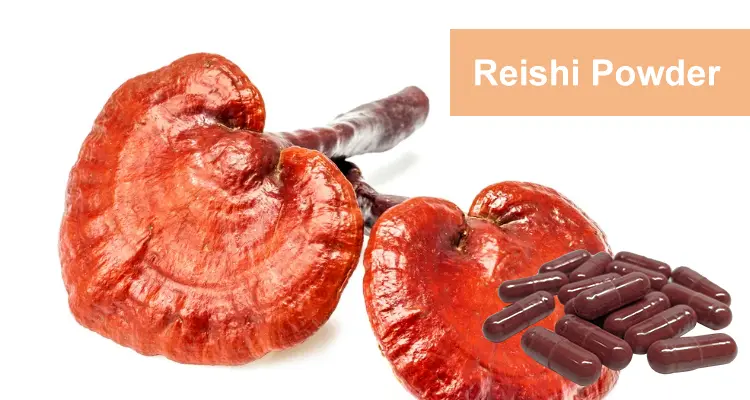
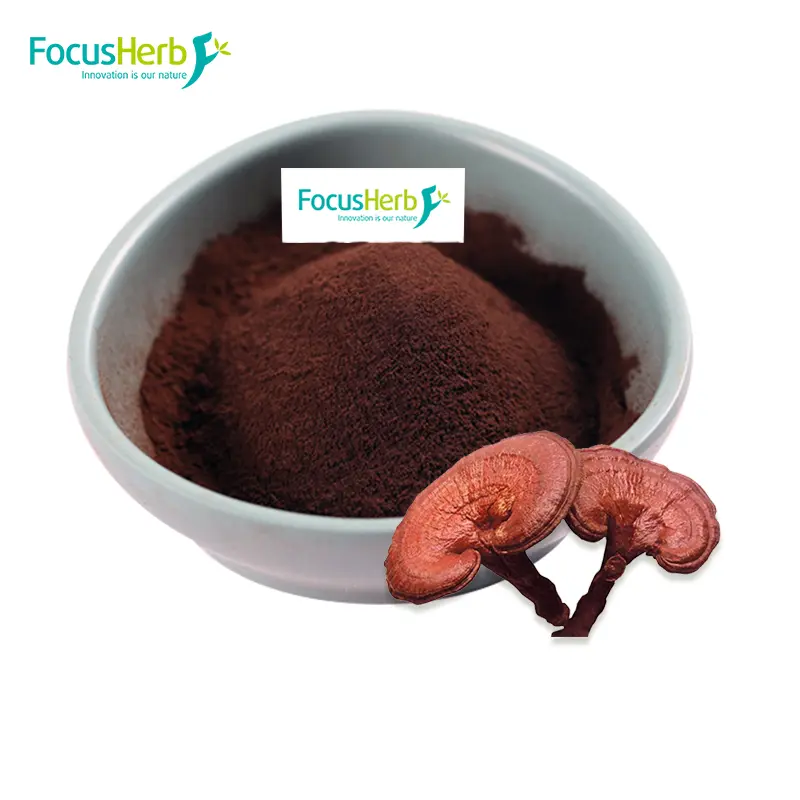
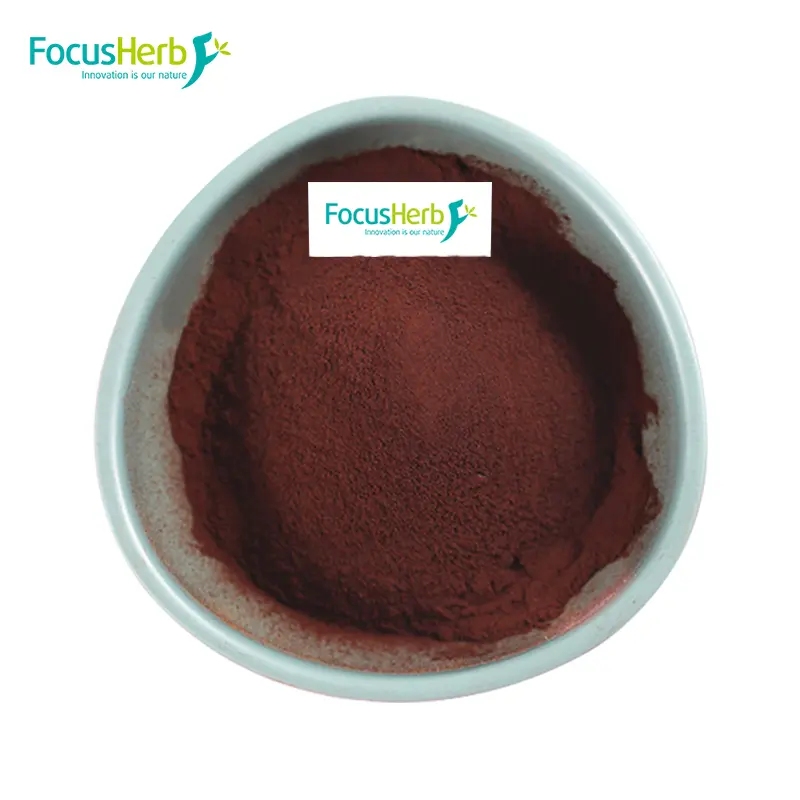
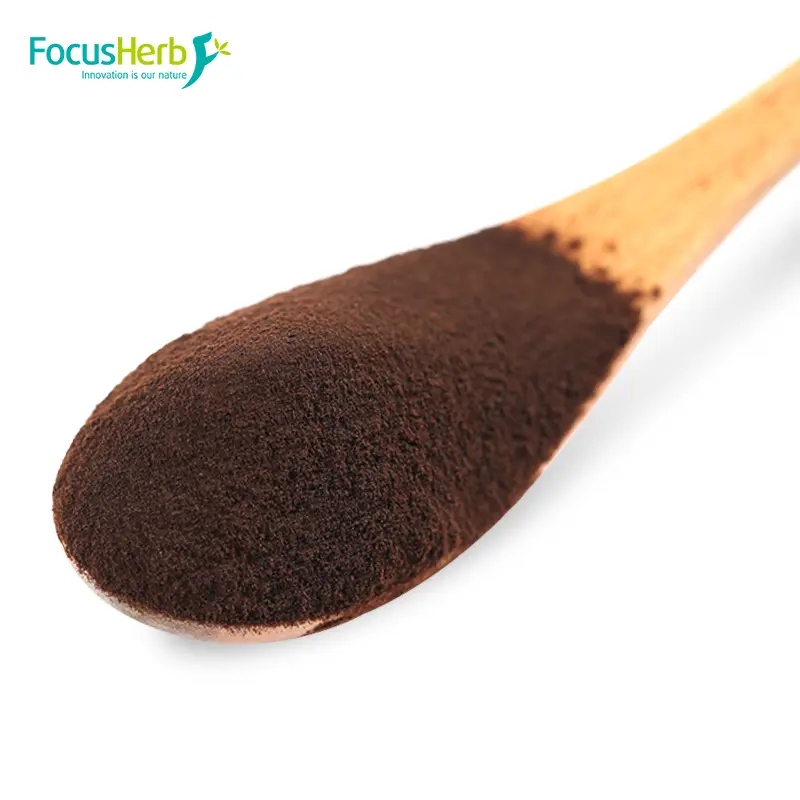
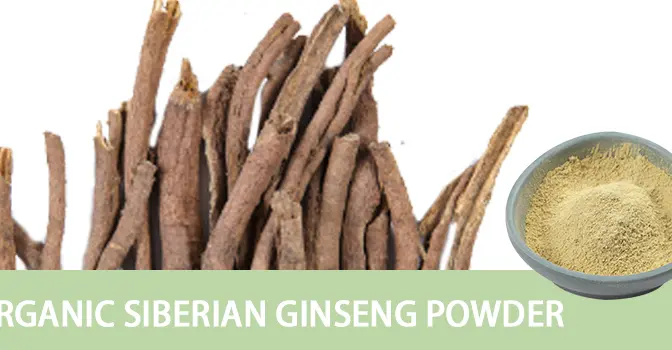
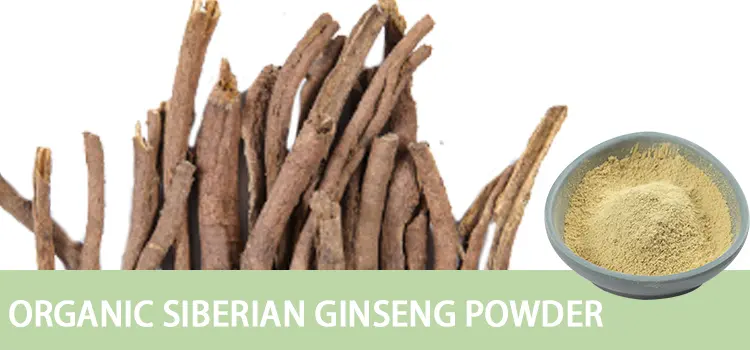
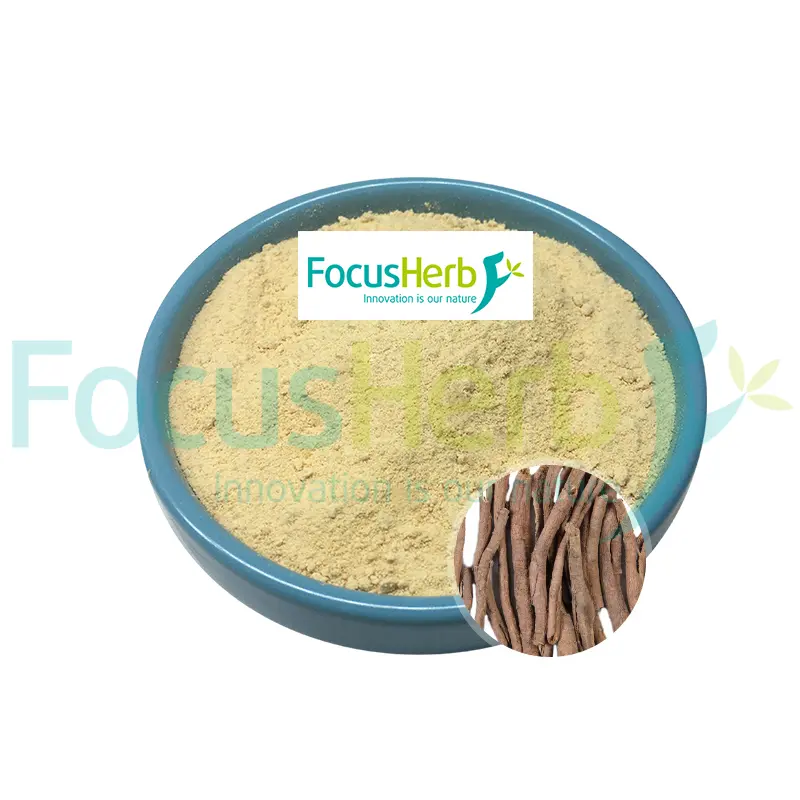 (I) Improving Exercise Endurance and Optimizing Recovery
(I) Improving Exercise Endurance and Optimizing Recovery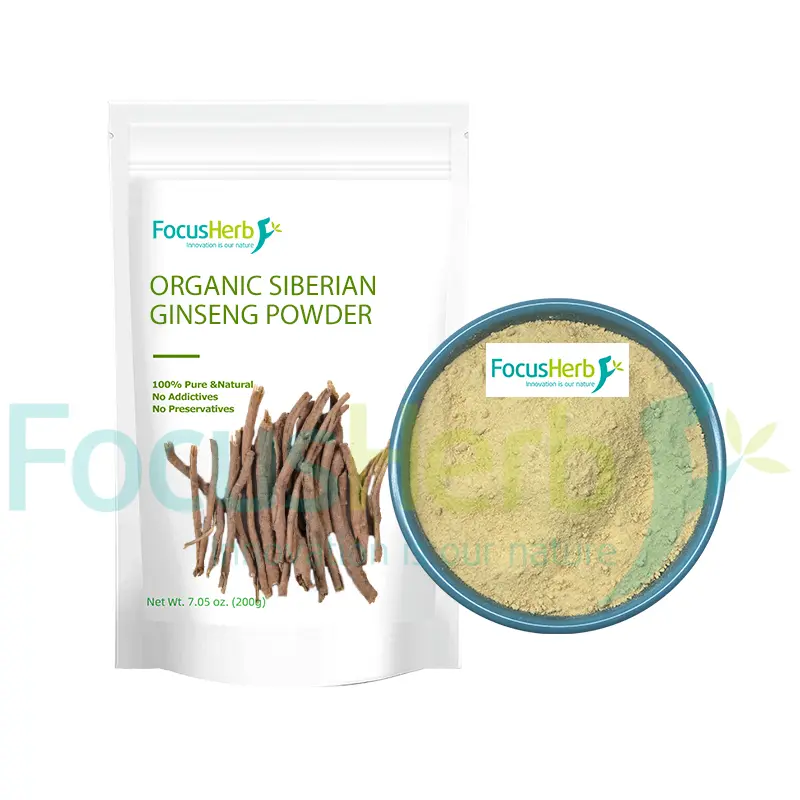

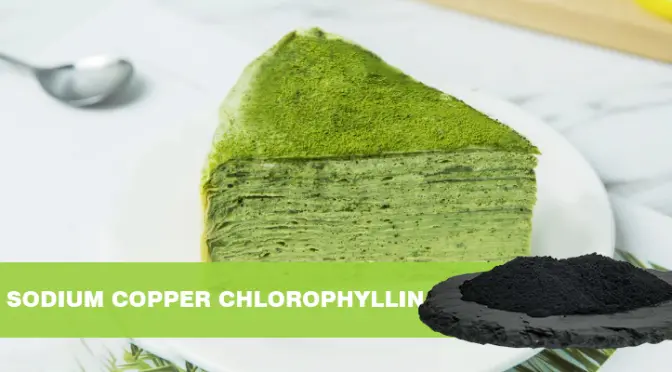
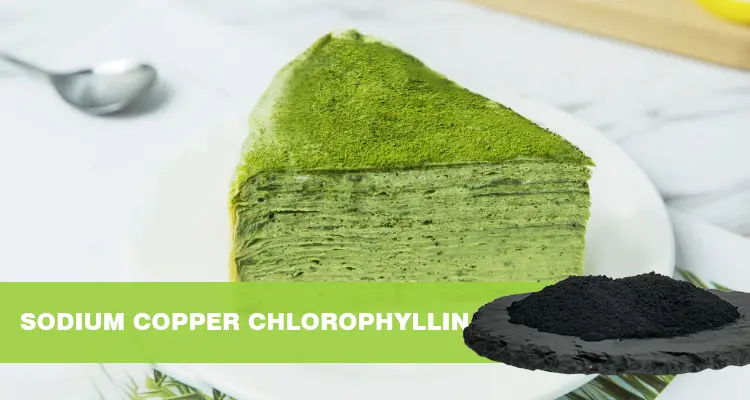
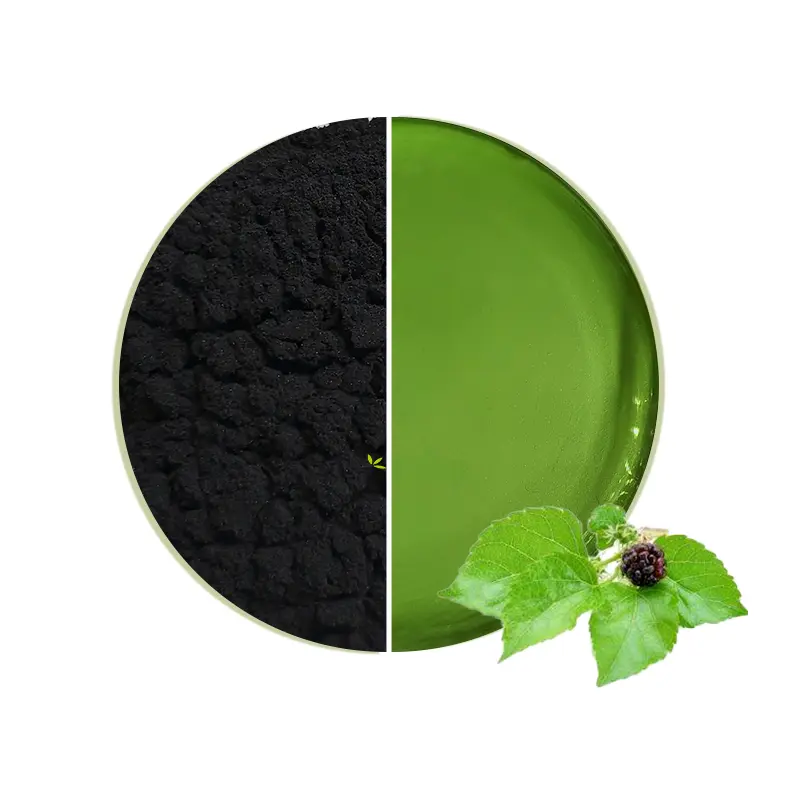
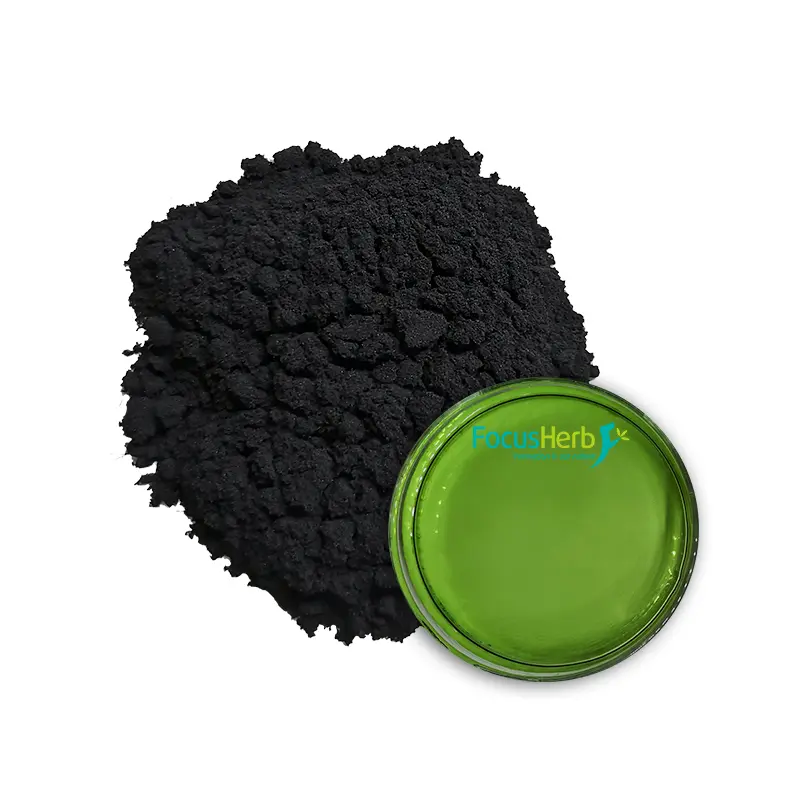
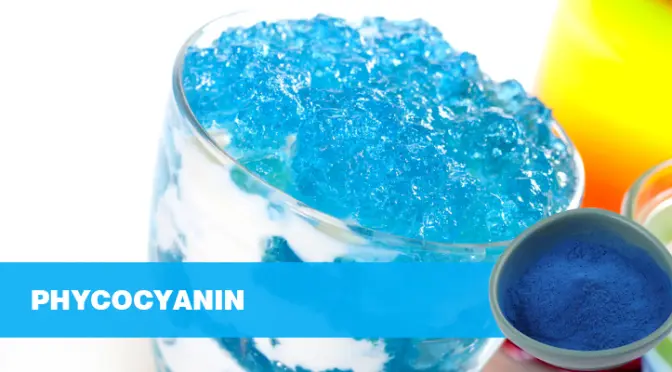
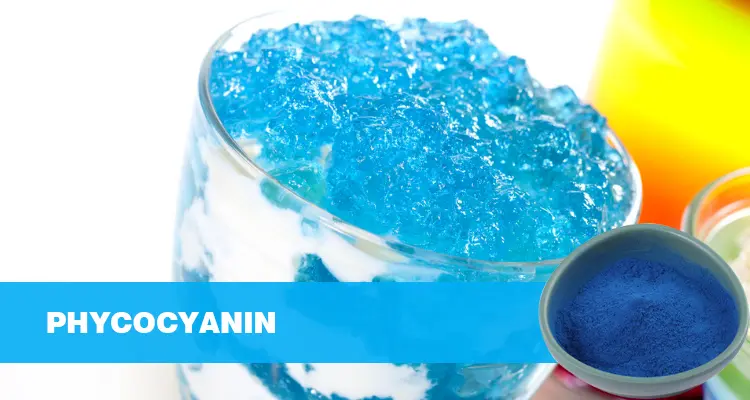 Core Mechanism of Organ Protection: Driven by Dual Antioxidant and Anti-Inflammatory Pathways
Core Mechanism of Organ Protection: Driven by Dual Antioxidant and Anti-Inflammatory Pathways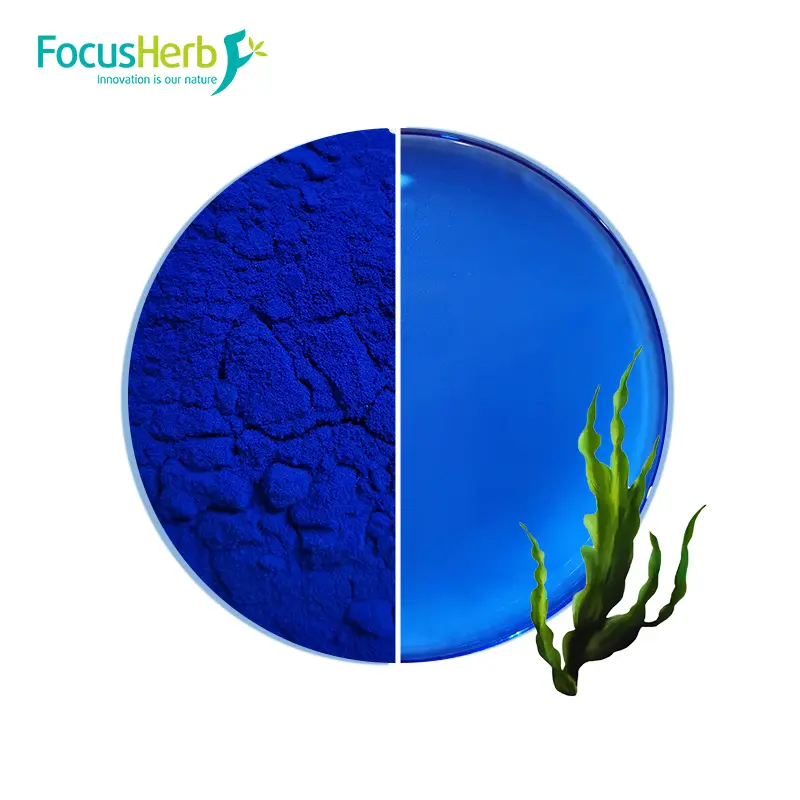 Precise Organ-Targeted Protection
Precise Organ-Targeted Protection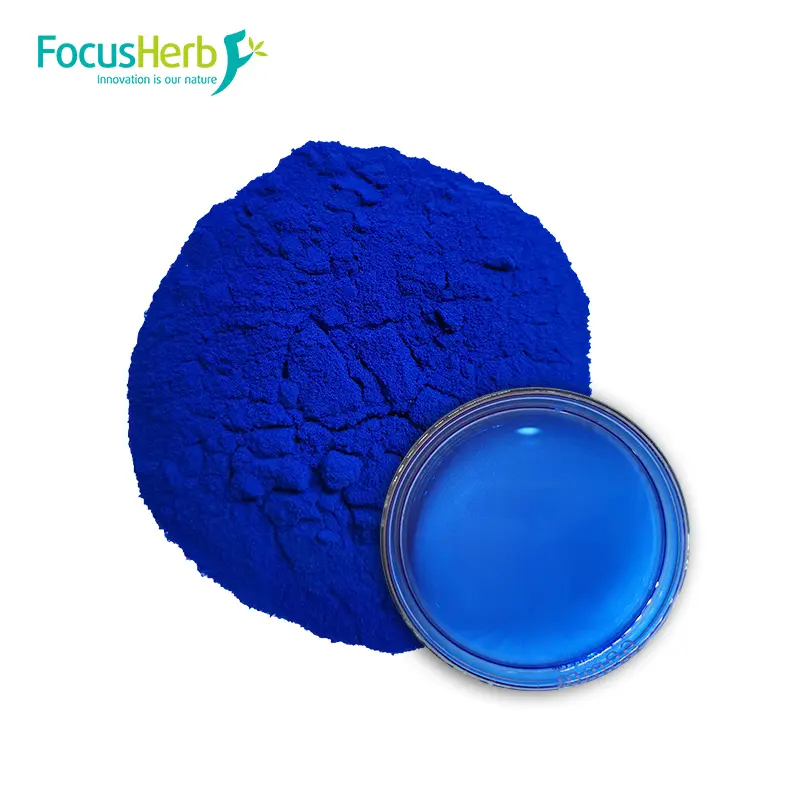 (II) Cardiovascular System: Precision Maintenance of Circulatory Dynamics
(II) Cardiovascular System: Precision Maintenance of Circulatory Dynamics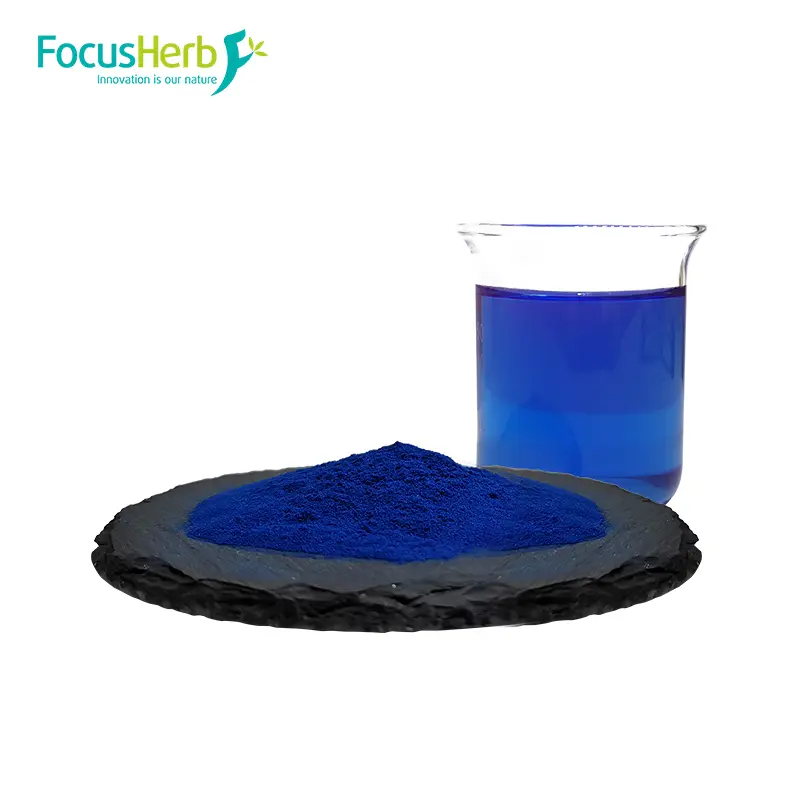
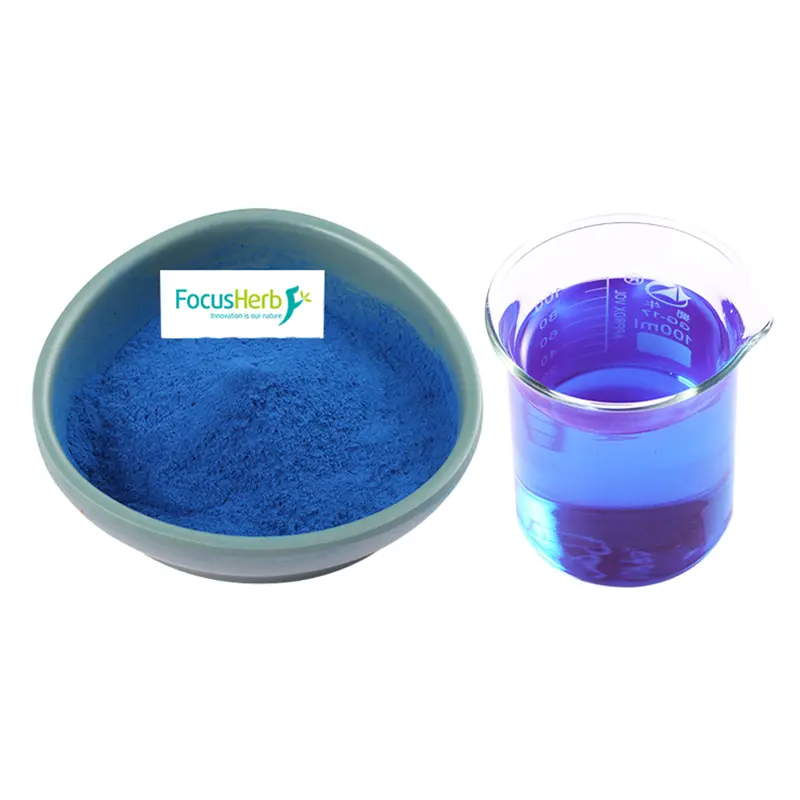 Challenges and Future: Decoding the Deep Potential of Blue Guardian
Challenges and Future: Decoding the Deep Potential of Blue Guardian